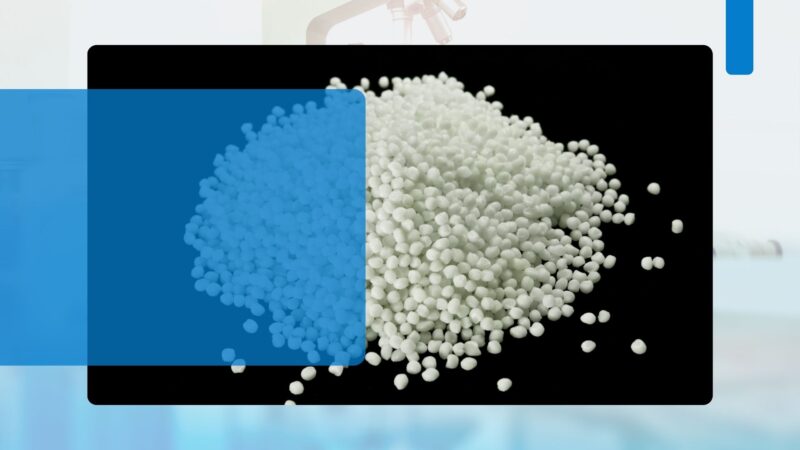In today’s pharmaceutical manufacturing landscape, resilience is no longer a buzzword—it’s a survival imperative. Market volatility, raw material shortages, energy costs, and increasingly potent APIs demand facilities that can adapt without sacrificing quality or compliance.
One technology quietly enabling this shift is the roller compactor.
Often viewed as a niche solution for moisture-sensitive APIs, roller compactors are now being repositioned as strategic enablers of robust, flexible, and sustainable manufacturing. This isn’t about replacing wet granulation across the board—it’s about building capacity to respond and recover, rather than react and rebuild.
Why Resilience Now?
Over the last five years, pharma has witnessed a shift from static, efficiency-driven models to more agile, disruption-tolerant systems. Manufacturing resilience now encompasses:
- Rapid adaptation to new products or batch sizes
- Stable output despite supply chain variability
- Energy- and water-efficient operations
- Capability to handle moisture-sensitive or thermolabile APIs
- Faster tech transfer between sites and geographies
Traditional wet granulation systems—while proven—often struggle to meet these agility requirements due to their reliance on solvents, drying steps, and complex cleaning protocols.
Roller Compaction as a Resilience Strategy
Roller compaction, a dry granulation technique, uses mechanical force to compress powder into ribbons or flakes, which are then milled into granules. It bypasses the need for a liquid binder or thermal drying, offering a process that is inherently more adaptable and less resource-intensive.
Let’s look at how roller compaction addresses key dimensions of manufacturing resilience:
1. Reduced Dependency on Utilities
Roller compactors eliminate the need for water or solvents and dramatically reduce the energy footprint associated with drying. In energy-conscious operations—or geographies with erratic utilities—this is a major advantage.
It also enables manufacturing in regions with limited clean steam availability or stricter environmental limits on solvent emissions.
2. Formulation Flexibility for Moisture- or Heat-Sensitive APIs
For APIs that degrade with water or heat, wet granulation becomes a liability. Roller compaction operates entirely at ambient conditions, making it the preferred choice for such sensitive compounds.
This extends the formulary toolbox and accelerates development timelines without requiring material reformulation or custom excipients.
3. Smaller Footprint, Modular Scalability
Roller compactors are compact and modular, ideal for brownfield expansions or multiproduct facilities. Their smaller cleanroom footprint and minimal utility requirements allow rapid deployment without major civil or HVAC overhauls.
This makes them suitable for regional manufacturing hubs and decentralized production models where space and utilities are at a premium.
4. Faster Product Changeover
With no wet cleaning or drying required, roller compactors enable faster batch-to-batch changeover. This is particularly advantageous in high-mix, low-volume manufacturing environments where responsiveness is key.
As more facilities shift to just-in-time production or personalized therapies, turnaround speed becomes a critical differentiator.
5. Digital Integration and Process Control
Modern roller compactors are equipped with advanced force-feedback control, ribbon density monitoring, and torque/load sensors. These enable real-time control of granule quality and process consistency—key attributes for resilient, repeatable production.
Combined with PAT tools and batch reporting systems, roller compaction is becoming more than a mechanical process—it’s part of the digital manufacturing infrastructure.
Strategic Implementation Considerations
While roller compaction offers clear resilience benefits, it is not universally suitable for every formulation or process.
Pharmaceutical manufacturers considering adoption should assess:
- Compressibility and flow of raw powders
- Required granule density and particle size distribution
- Tabletability and downstream compression behavior
- Fines generation and recovery options
- Blend uniformity and segregation risks
Early-stage formulation development should include dry granulation feasibility alongside traditional wet granulation. In many cases, the material and process development cost is outweighed by the long-term manufacturing flexibility and speed.
A Cornerstone of the Resilient Plant
As pharmaceutical operations prepare for a future of unpredictability, roller compaction provides a pathway to operational stability—without compromising process control or regulatory confidence.
It’s a tool not just for today’s problem statements but for tomorrow’s operating models:
Flexible, local, modular, and sustainable.Facilities that embed roller compaction into their granulation strategy are not just reducing risk—they’re building resilience as a core capability.






